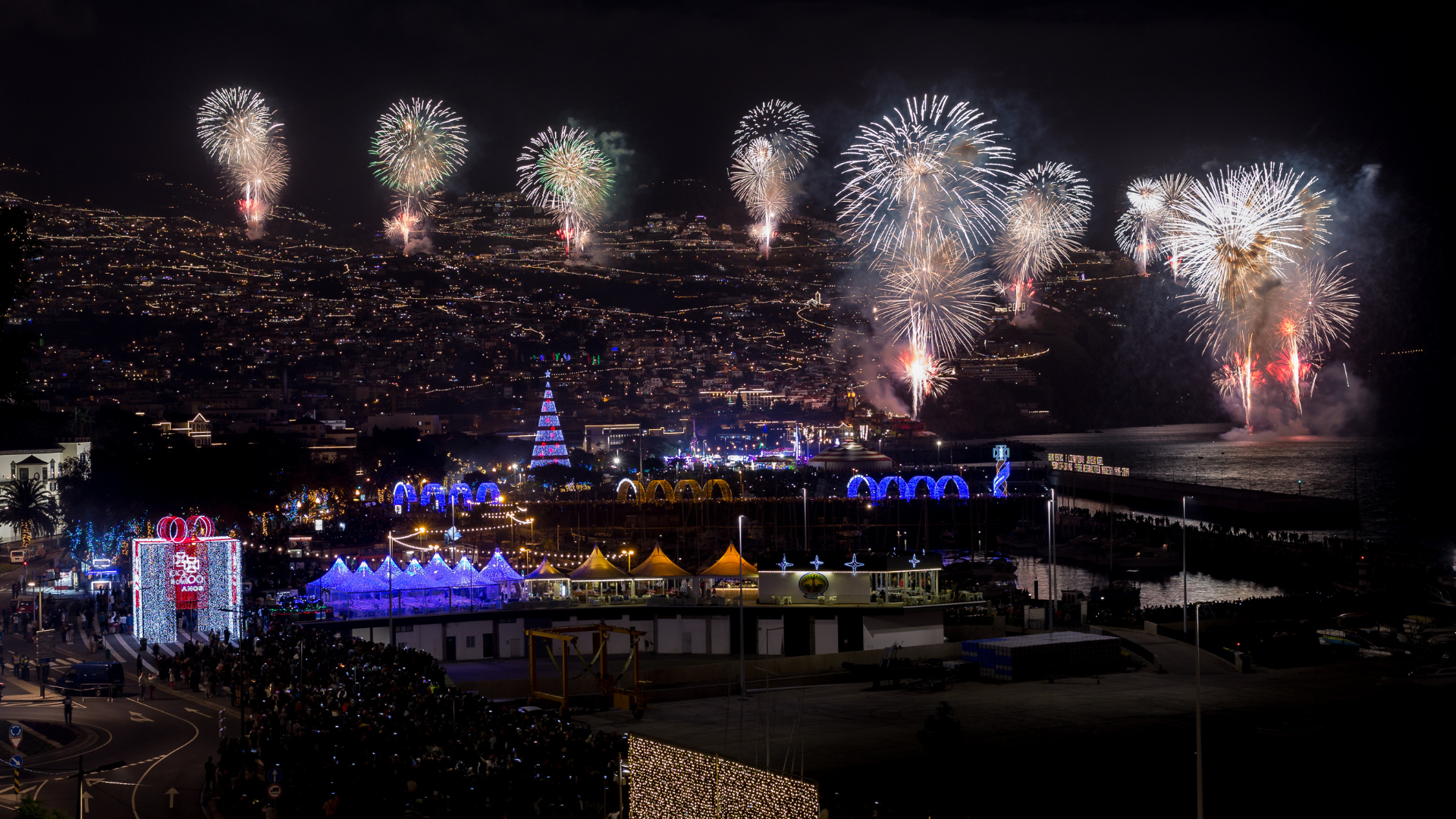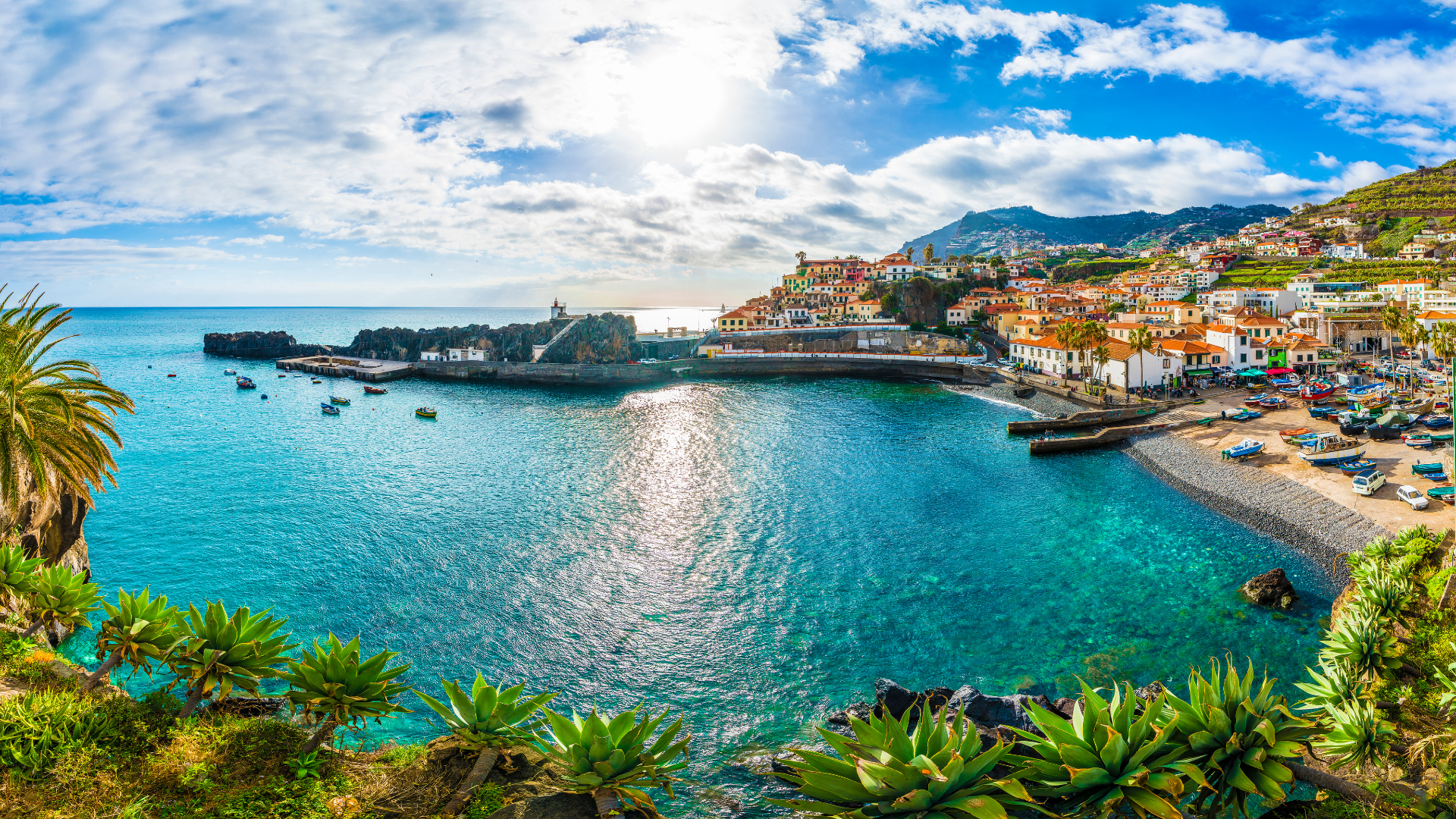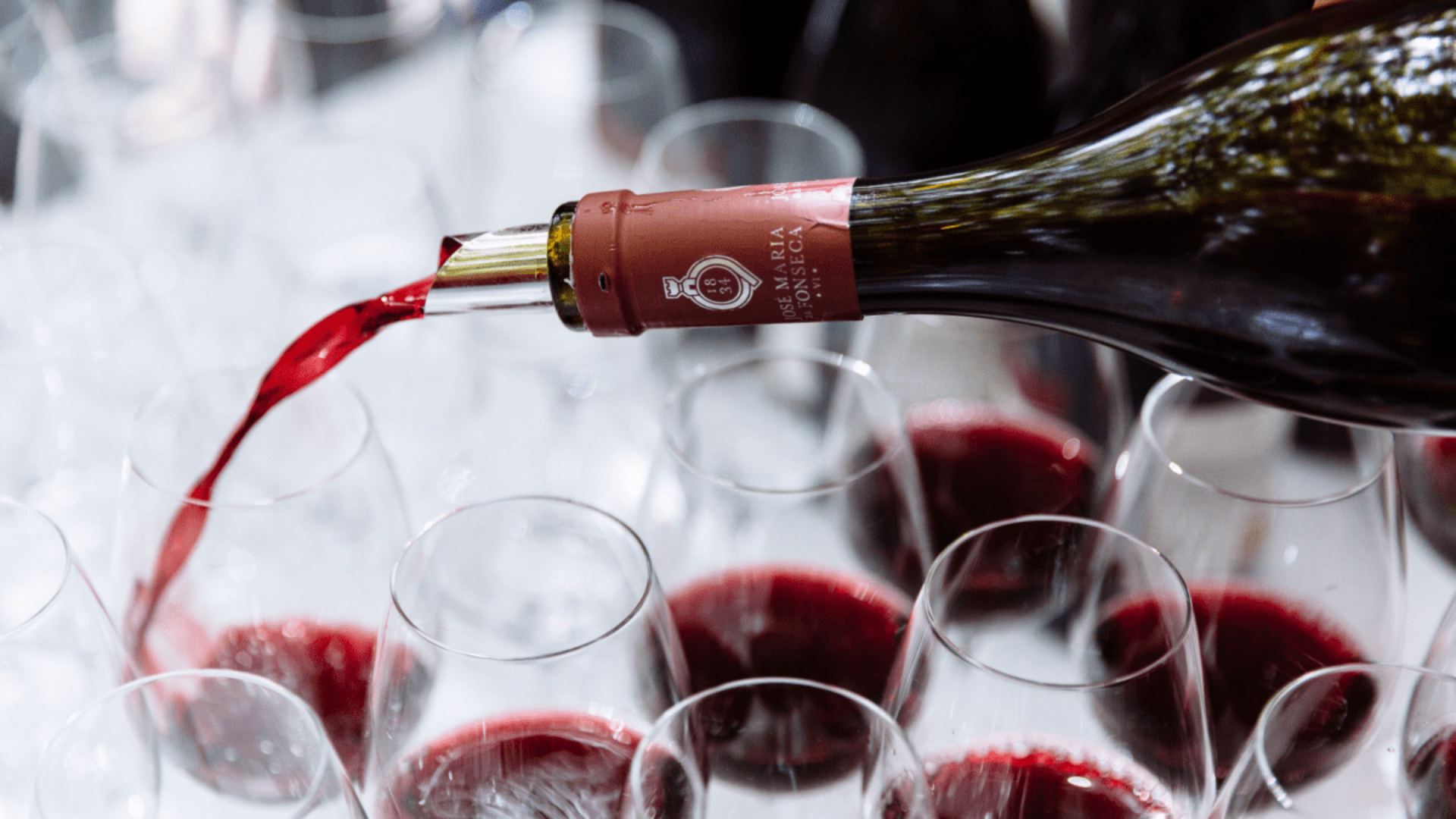There is no doubt that Douro Valley is one of the most beautiful wine regions in the world and a place that I have always wanted to explore deeply as I am truly passionate with the food and wine heritage of a region.
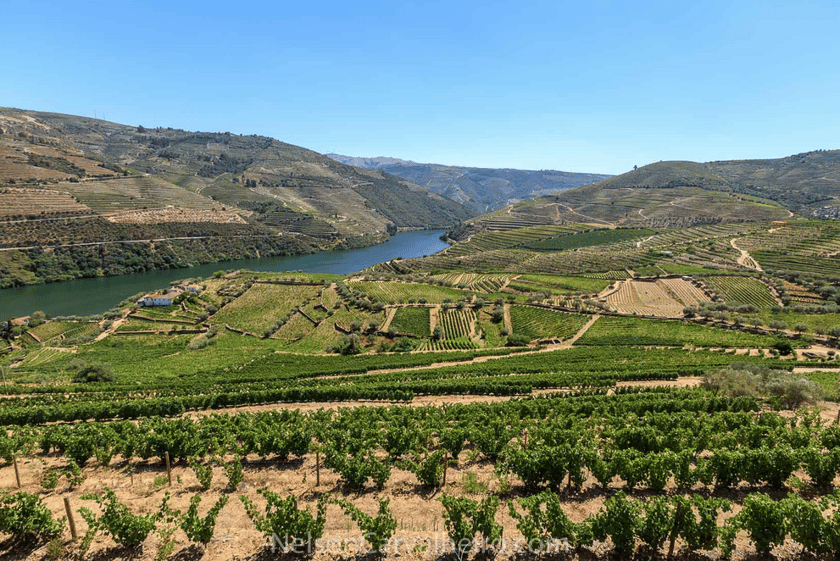
During the first couple of weeks of July 2015, I was a guest of Wine Tourism in Portugal, the main wine tourism booking portal in Portugal, in the Douro Valley. My mission was to explore the most beautiful wine region in the world and offer you the ultimate guide to travelling the Douro Valley. In this guide that I will share throughout this week you will find recommendations for the best wine hotels, the best wine experiences, the best food experiences and the best belvederes in the Douro Valley.
In a time where competition in wine tourism is at its fierce stage, it would be easy to fall into the century’s old "my wine region is better than your wine region" dispute. This is not what I am here to do. I am here to tell you that, the world of wine tourism is (perhaps has been for a long time) not only restricted to La Rioja, Bordeaux, the Loire Valley, or even Napa.
What is travelling the Douro Valley all about?
The Quintas (estates)
I am here to speak about what makes the Douro Valley unique, showing you what it is like to travel through the oldest demarcated wine region in the world. Yes, that is right, the Douro Valley was established as a wine region for the production of Port Wine in 1756, some 20 years before the independence of America. And almost 100 years before the Bordeaux Primiere Crus were establish by Napoleon. This means that the majority of the wineries and wine company offices are astounding 18th century heritage buildings. Almost all have been extremely well-kept and refurbished to today's modern standards of wine making. Even more interesting is that the Douro riverside palaces where the owners of the Quintas (estates) used as residence are also in prime condition. It is like an open air museum, which can be best admired from the water level, as I explain further ahead in the article.

The family run business
Even though there are over 200 Quintas (estates with its dedicated winery and significant size) and a vast array of DOC and Port wine brands, the great majority of these estates managed to be kept within the founding family's possession. Some for more than three centuries or more. Great examples of this lineage of Port and DOC wine makers are the Guimaraens family (Fladgate Partnership), Ferreira (Sogrape), Silva Reis (Real Companhia Velha) and Symington. While some heritage buildings have been converted in to boutique hotels, others remained private and act as the summer or even permanent residence of some family members who work daily in the vineyards.
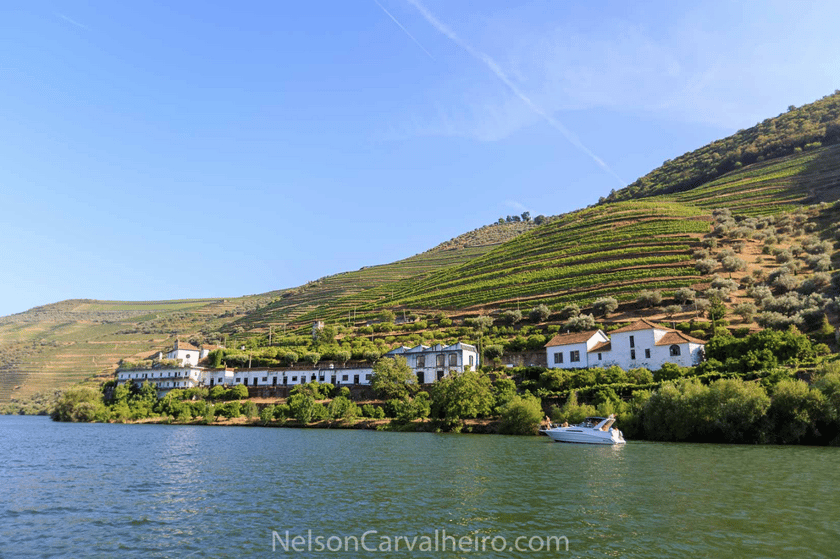
The World Heritage
Another aspect that makes the Douro Valley unique is its UNESCO World Heritage classification. A recognition achieved in 2001, in recognition of the long tradition (over 2000 years) of viticulture in this Northern part of Portugal, which produced a cultural landscape of outstanding beauty that reflects its technological, social and economic evolution. In addition the Historic Centre of Porto (the gateway to the Douro Valley) and the Pre-Historic Rock Art Sites of the Côa Valley (next to the Douro Valley) are also UNESCO Heritage sites.
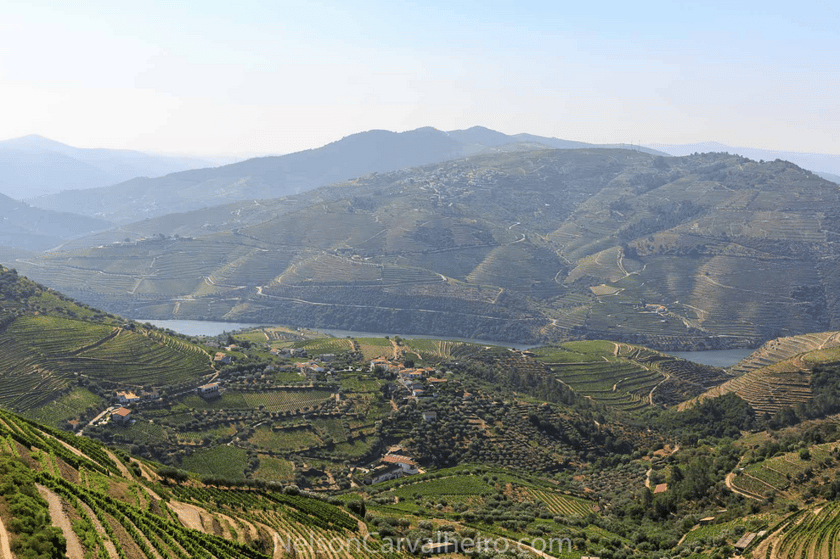
The Autochthonous (Native) Portuguese Grapes
I am not even going to speak about new world wine regions, as the grape varieties that are planted here all come from Europe, so I will only compare it to the European regions. The grape varieties that are grown within the Douro are not only 100% Portuguese, but native to this specific region. Many of them like Tinta Barroca, Touriga Franca, ou Rabigato are direct descendants from the pre-historic vine plants that developed in this terrain and have endured millennia of human presence. There are Douro DOC or Port wines made only with 100% Portuguese grapes and we have a lot of them. We do not limit the grape varieties to 4 or 5 like in Bordeaux and the carbon copy new world wine regions. In the Douro valley alone there are more than 200 Portuguese autochthonous grape varieties being used to make Douro DOC and Port Wines.
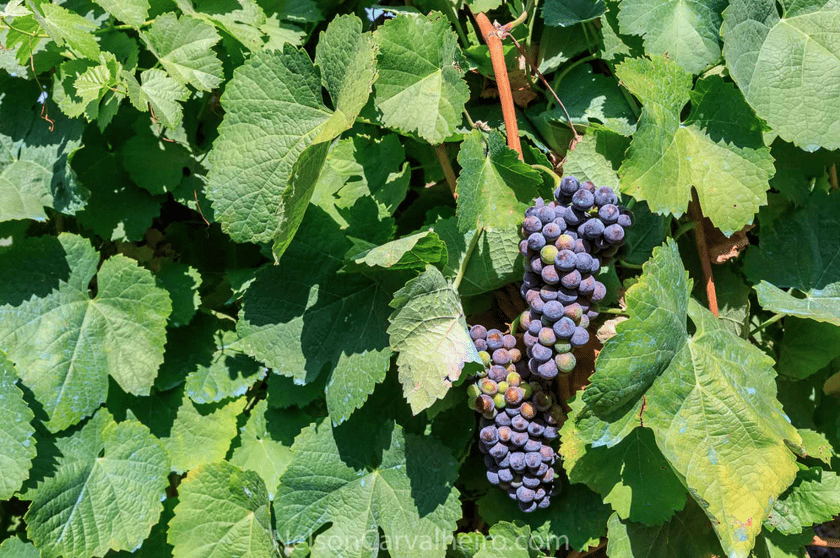
The Terroir
Everyone who works in the wine business will try to tell you how their terroir is unique. They promote the fertility of their terrain, the balanced temperatures, the mild climate, the sea breeze, the frequent rain. They tell you that the vines have everything they need to thrive, and that this abundance of substance makes their wines superior. And now look at the Douro Valley. The soil is the most infertile ground that you can imagine. It is almost entirely made out of schist, which has less than 5% of organic matter, (in some extreme cases in the Alto Douro the percentage drops below 1%). Normal fertile ground as about 40% organic matter. The terrain is extremely hilly with steep inclines that can reach a 45º angle between the water levels and the top of the adjacent hills. There is very little chance of mechanized labour and still today most of the works on the vineyards, and especially the harvest is done solely by manual labour.

The temperature ranges from cold and around 4 or 5 Celsius in winter, to a scorching 50 Celsius in summer. The locals say that a year has 9 months of winter (October to June) and 3 months of Hell (August, September and October). They call it hell because of the high temperatures and of the stress caused by the harvest. The temperature phenomenon in the Douro Valley states that it is the hottest at the bottom of the valley just above the water line and coolest at the top of the mountain. This is why red grape varieties are planted on the bottoms and are harvested first. Nowhere else in the world there are vines planted and wine produced like this. On top of this, rain is scarce throughout the year.
Wine = Life
What you have to think about is that all these factors put together make it extremely difficult for the vines to thrive. They suffer, they suffer a whole lot and for the first 15 to 20 years of their life they are just trying to keep alive. They have to bury their roots deep in the schist to search for water, as irrigation is forbidden by the IVDP - the Douro and port wine governing body. They have to struggle for space - the vineyards are planted very close together, never more than a 1.5 meters a part, and in the case of the old vineyards, the ones with 50, 60 or 70 years, that gap closes down to about a meter. Amazingly there is no competition between grapevines when they are planted so close, so they do not spread their root system into the sides, rather into the earth.
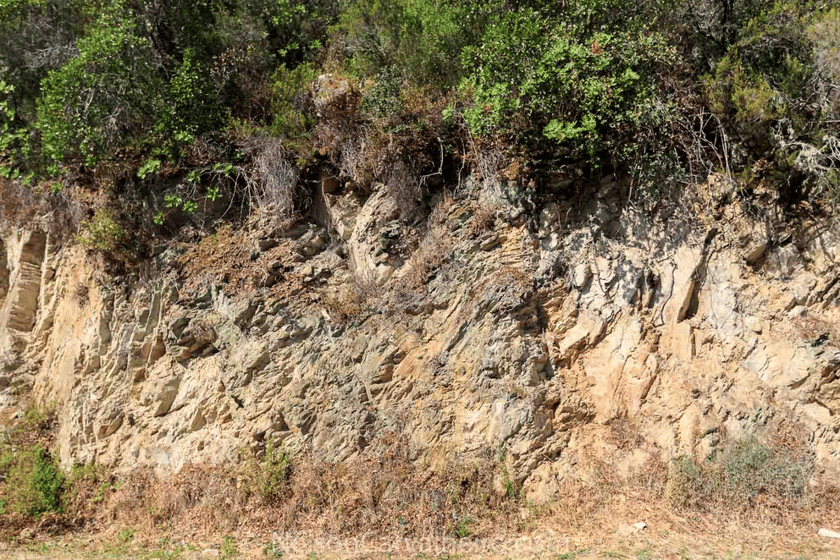
All this violence, all this aggression makes the vines work intensely hard to survive throughout their whole life. This results in an extremely effective behaviour when it comes to producing offspring - the grapes that will make sure the continuation of the species. This happens due to plant life resources being scarce, obliging the plant to produce grape with most guarantee that they will manage to survive in this harsh environment.
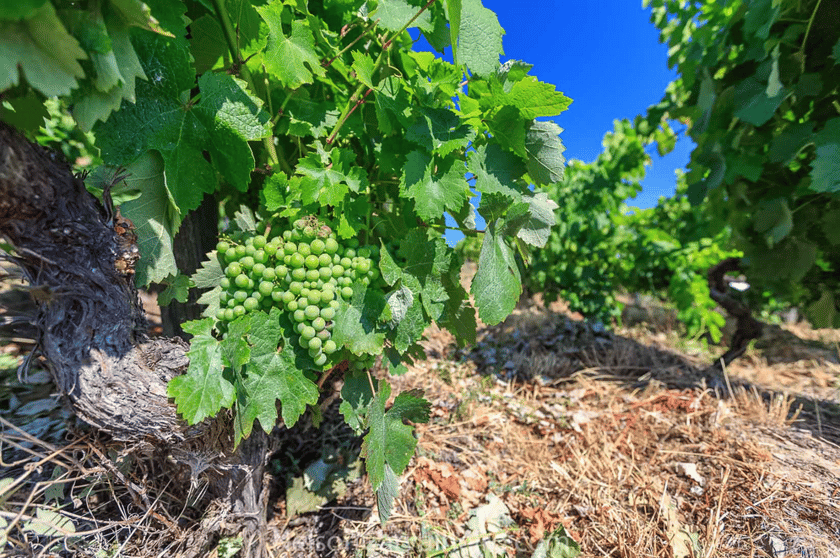
This translates into a variety of aspects that makes this wine region and the wine produced in it unique. The vine as a plant never grows abundantly, and it only produces the necessary leaves and the necessary cluster (bunch) of grapes to assure its survival. The stomps are thick and sturdy and the roots are buried deep in the mountains (some as far as 30 meters below ground). All this colossal effort results in grapes with an immense concentration in nutrients and sugars - the distinct full body "flavour" which one can feel when the wine is made, and that are essential to feed the grape seeds. These are also covered and filled with vital oils and the skin of the grapes is thicker then the average to prevent the evaporation of water.

I wrote this long introduction because it is important for me to portray the link between the realities of the Douro, to the characteristics of the wines that are produced here, to the plants who produce the grapes to the people who make their life all about wine. It is only when you, as a visitor, understand all of this, that one can truly take the full advantage of what it is like to tour the Douro Valley.
Stay tuned for all the wine experiences I was able to enjoy in Douro and don't forget to check Wine Tourism in Portugal blog for the rest of my Douro Wine Travel Guide.




